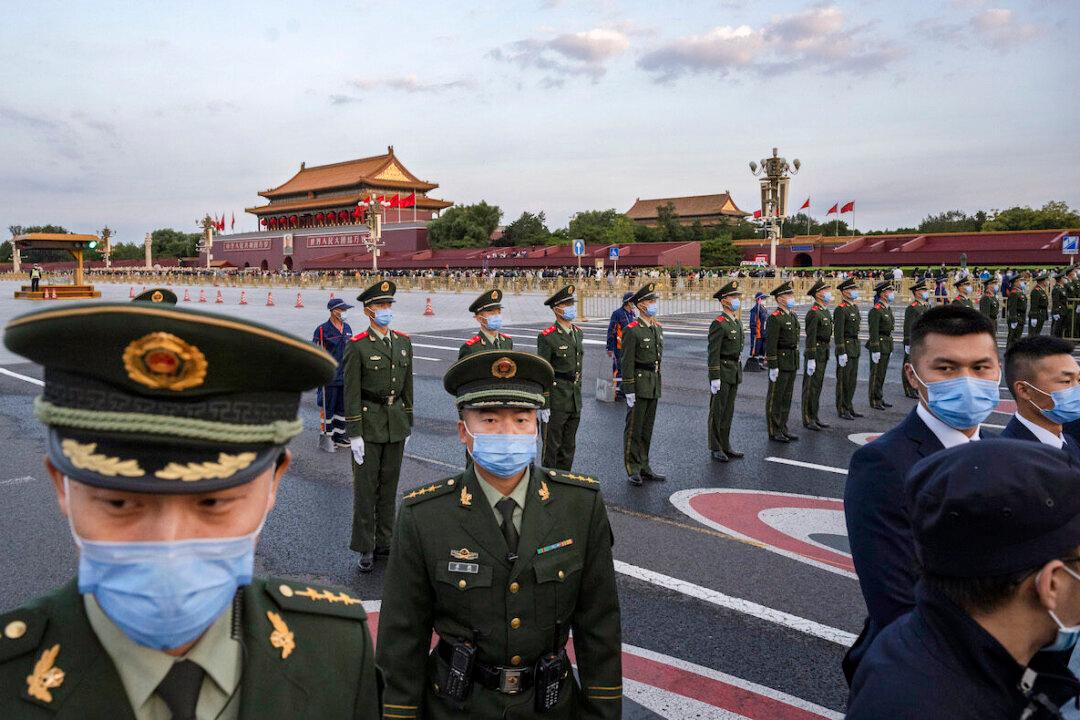Commentary
I have been detailing the problems in the world economy in several of my previous posts. Now, it’s time to explain where it all began and why the situation in the global economy is so precarious. It all starts with China.

I have been detailing the problems in the world economy in several of my previous posts. Now, it’s time to explain where it all began and why the situation in the global economy is so precarious. It all starts with China.